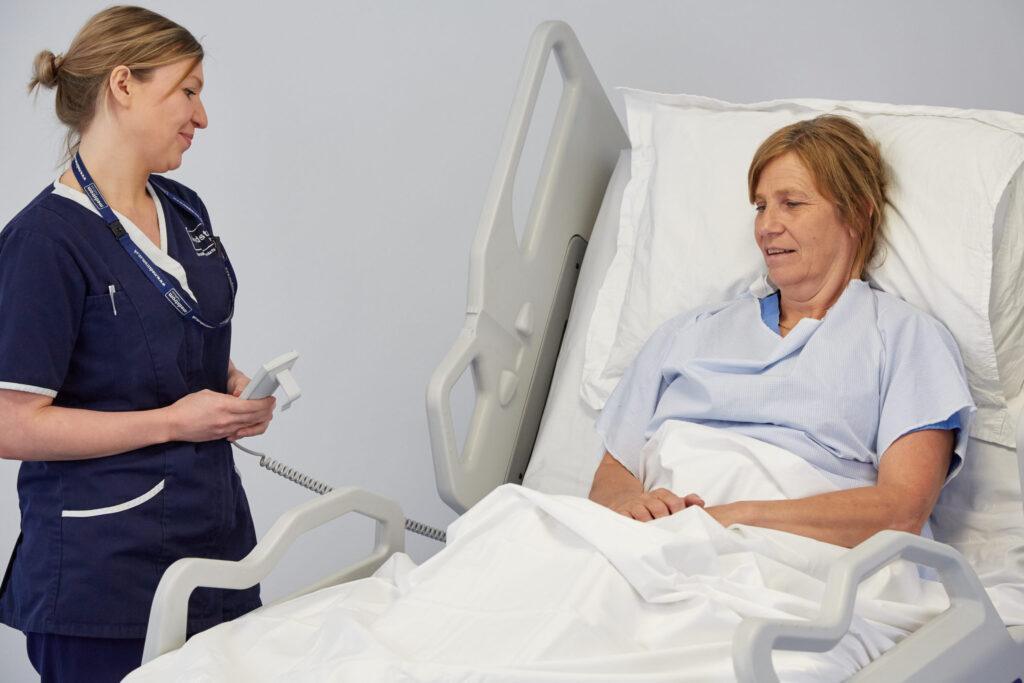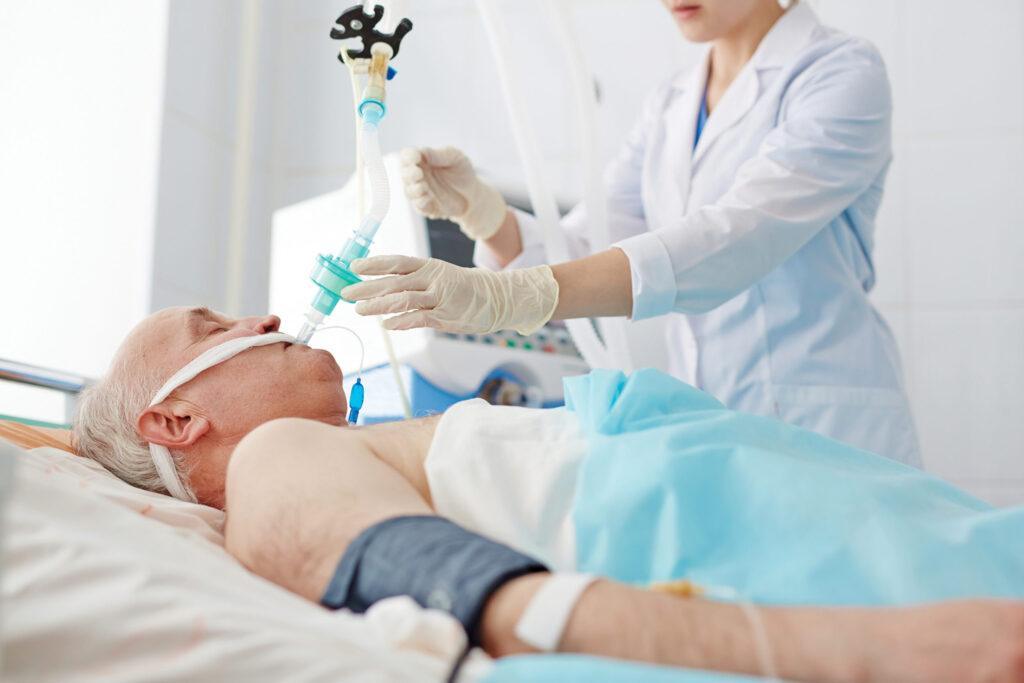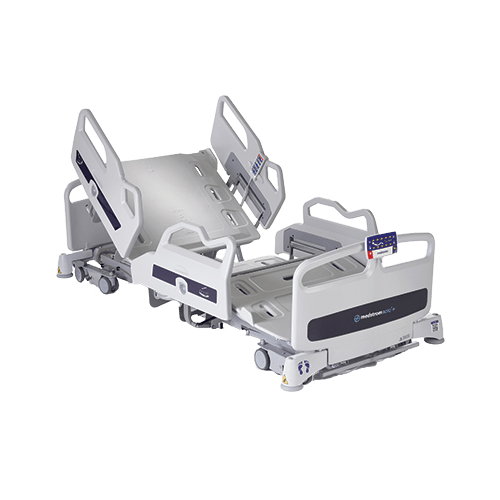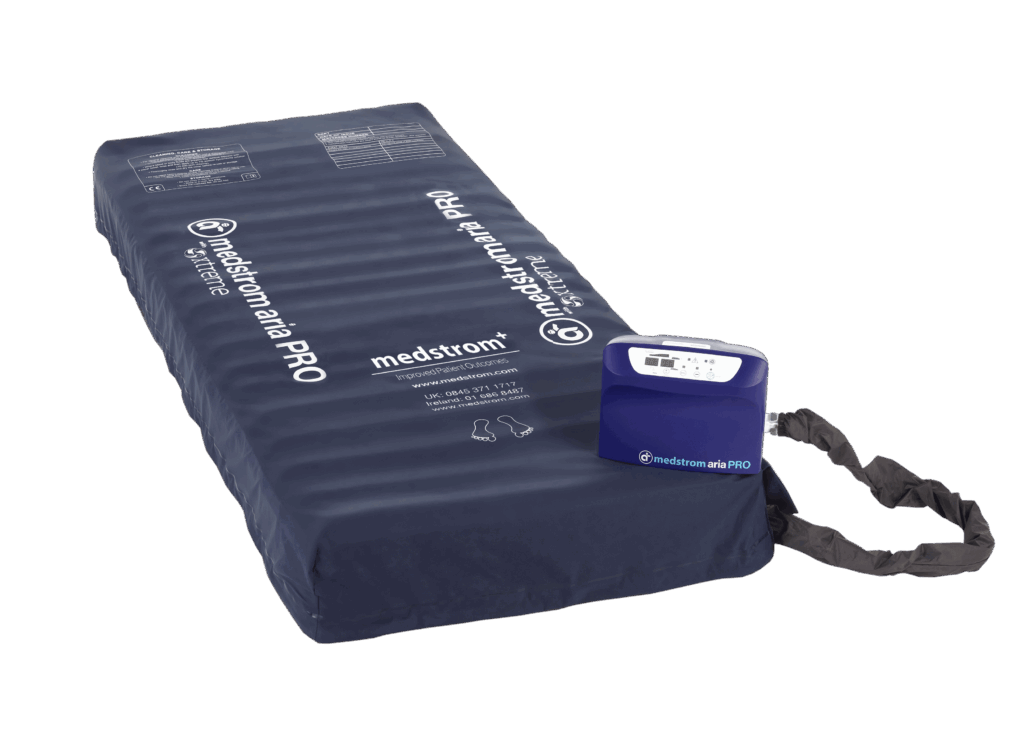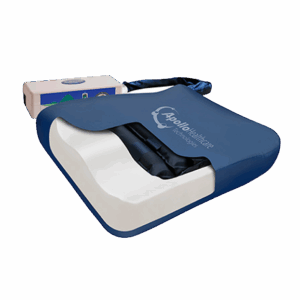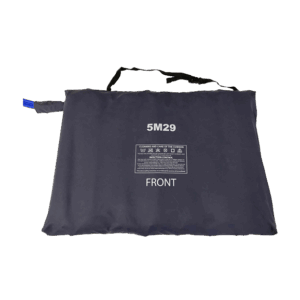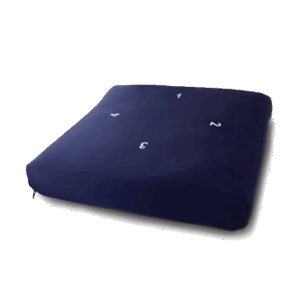
Part 3: What Are the Risk Factors in Pressure Ulcer Development?
Part 3: Seating
Seating should be regarded just as important as the mattress as a risk factor as it provides a much smaller area to support the patient’s weight, and those on a specialist mattress should also be on a specialist seat cushion1. Providing appropriate seating does not just mean the seat cushion, but the chair itself should be considered as both pieces of equipment are working in-conjunction with each other to support the patient1.
The process of moving patients from the bed to the chair should be a positive experience that does not cause any further harm or increase the risk of pressure ulcer development1. It’s important to ensure there are features on a hospital mattress such as max inflate (also known as autofirm, PMAX) that can assist caregivers to safely manoeuvre a patient and avoid shearing and friction. This emphasises the need for correct training and clinical support with all hospital equipment to ensure its use is maximised and used appropriately.
The need of the patient is key for the appropriate selection of a mattress, bed, seat cushion or chair, and the risk factors need to be identified in conjunction with the patient’s comfort, body size and clinical needs. These are all elements to consider when choosing a surface to support pressure ulcer prevention.
To end our final instalment in ‘what are the risk factors in pressure ulcer development?’, it’s important to consider the scale of pressure ulcers in hospital environments. For example, the treatment of pressure ulcers currently costs the NHS more than £3.8 million every day2. There are a multitude of aspects that need to be considered when supporting and managing a patient with pressure ulcers, or at high risk of pressure ulcer development. The formation of pressure ulcers can be rapid, and it is essential to consider the potential risk factors on an individual basis. The selection of equipment is an important aspect to consider when assessing patients’ risks of developing pressure ulcers or management of pressure ulcers.
At Medstrom, we strive to support healthcare professionals in the process of choosing bed frames, mattresses, and accessorises such as seat cushions to help support the patients’ needs as well as supporting healthcare professionals’ requirements.
Click the links below to look at the other parts of this series:
Learn More About Pressure Ulcers Here
